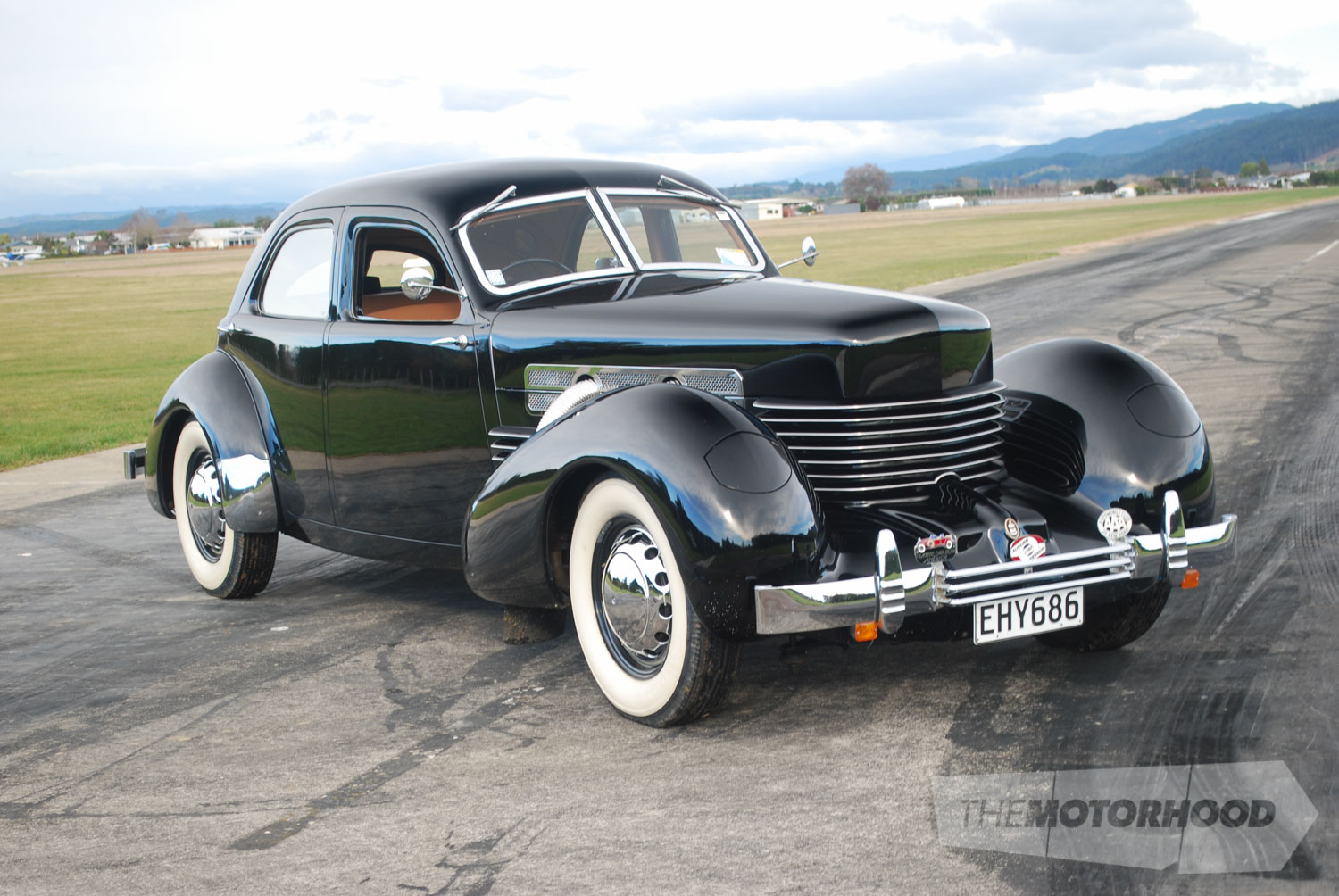In 1987, whilst visiting a friend, Graham Gibson happened to glance up into the rafters of the large shed and noticed a pair of front mudguards that belonged to a Cord. He recognized them straight away because of the distinctive retractable headlights.
The Cord was purchased and taken back to Sydney and completely restored. Apparently it was in so many pieces that there were no two pieces bolted together. After a few months of scratching his head, wondering where to begin, Graham worked on the philosophy that the more parts he bolted together, the fewer there were to worry about — the final result speaks for itself.
We’ve included a few additional photos that didn’t make it into the November issue of New Zealand Classic Car — grab your copy below to read the full story.
Grab your copy of the November issue of New Zealand Classic Car (Issue No. 311), now!
















